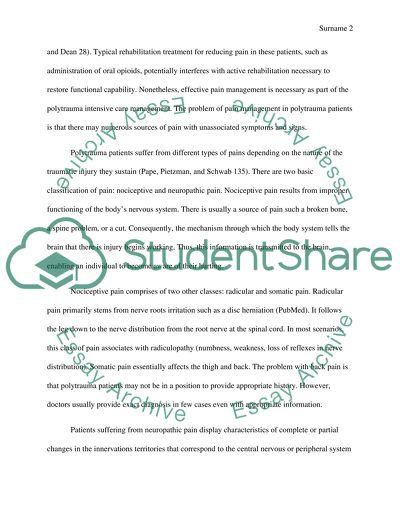Cite this document
(“Pain Management in a Polytrauma Patient Essay Example | Topics and Well Written Essays - 1750 words”, n.d.)
Retrieved from https://studentshare.org/nursing/1443254-pain-management-in-a-polytrauma-patient
Retrieved from https://studentshare.org/nursing/1443254-pain-management-in-a-polytrauma-patient
(Pain Management in a Polytrauma Patient Essay Example | Topics and Well Written Essays - 1750 Words)
https://studentshare.org/nursing/1443254-pain-management-in-a-polytrauma-patient.
https://studentshare.org/nursing/1443254-pain-management-in-a-polytrauma-patient.
“Pain Management in a Polytrauma Patient Essay Example | Topics and Well Written Essays - 1750 Words”, n.d. https://studentshare.org/nursing/1443254-pain-management-in-a-polytrauma-patient.


